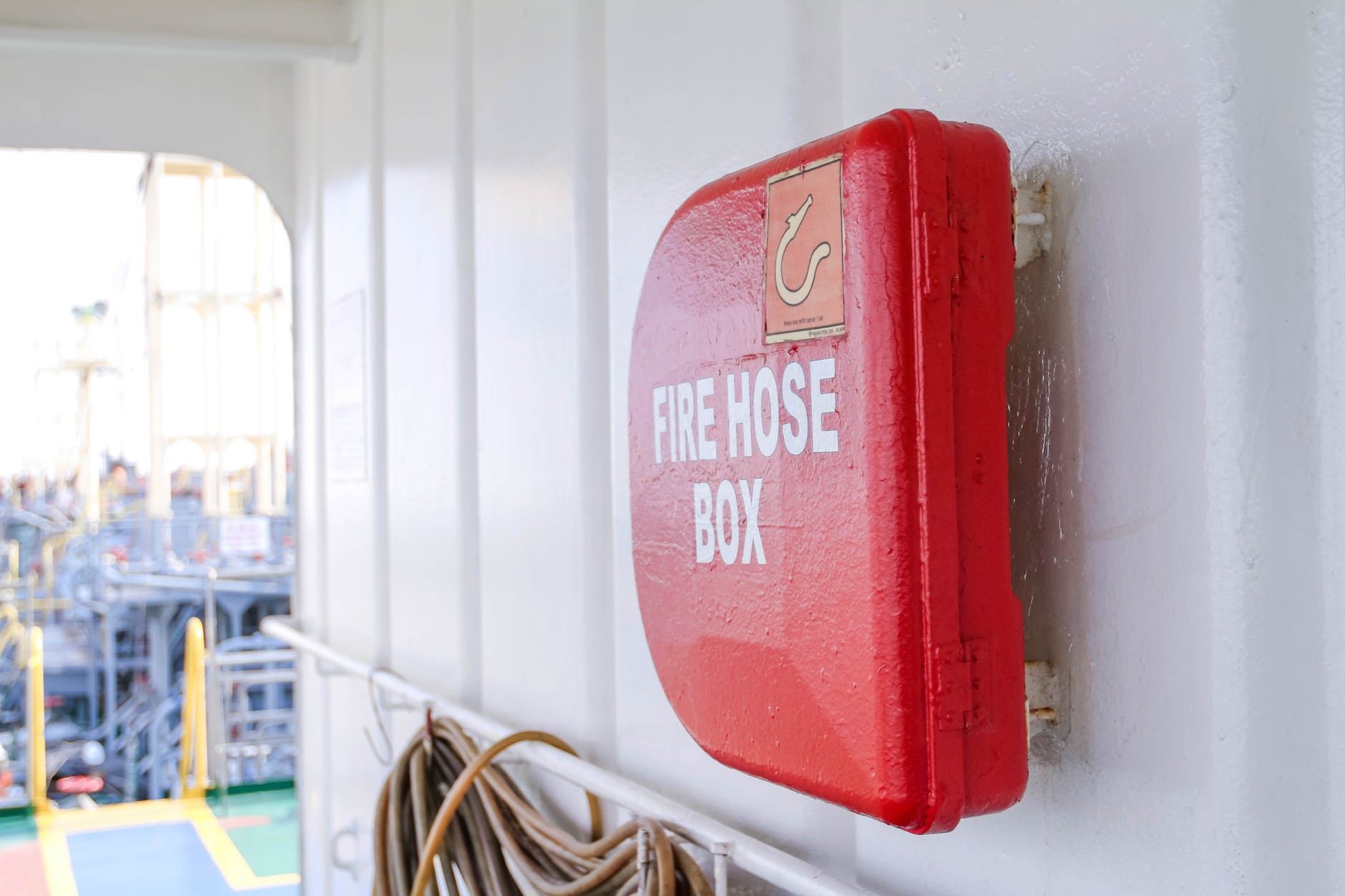
In the domain of office environments, prioritizing fire safety is crucial for the safety of occupants and safeguarding property. It is imperative for employers and facility managers to adeptly navigate the intricate web of fire safety codes and regulations. This article delves into the vital facets of fire safety compliance in office settings, providing insights into the codes, regulations, and best practices that collectively foster a secure working environment. Additionally, the importance of regular fire alarm testing inspection is emphasized to ensure the effectiveness of safety measures.
Understanding Regulatory Frameworks
To establish a robust fire safety program in an office setting, it’s crucial to comprehend the regulatory frameworks in place. National and local fire codes, such as those set by the National Fire Protection Association (NFPA) or the International Fire Code (IFC), provide a foundation for compliance. These codes outline requirements for fire alarm systems, emergency exits, fire extinguishers, and other essential safety measures.
Conducting Fire Risk Assessments
One fundamental step in achieving fire safety compliance is conducting thorough fire risk assessments. These assessments identify potential fire hazards within the office environment, assess the effectiveness of existing safety measures, and determine the appropriate mitigation strategies. Regular assessments contribute to a proactive approach, addressing potential issues before they escalate.
Implementing Adequate Emergency Evacuation Plans
Having a well-defined emergency evacuation plan is a cornerstone of fire safety compliance. The plan should include clear evacuation routes, assembly points, and procedures for accounting for all personnel. Regular drills and training sessions ensure that employees are familiar with the evacuation process, minimizing confusion and promoting a swift response during an actual emergency.
Ensuring Proper Installation and Maintenance of Fire Alarms
Fire alarms are a primary line of defense against the spread of fires. Compliance requires not only the installation of reliable fire alarm systems but also their regular maintenance. Periodic testing, inspection, and prompt repairs are essential to guarantee that these systems remain in optimal working condition.
Addressing Fire Suppression Systems and Equipment
Beyond alarms, fire suppression systems, such as sprinklers, play a vital role in containing and extinguishing fires. Compliance involves not only the installation of these systems but also their proper maintenance and regular testing to ensure they function as intended. Additionally, offices must provide readily accessible fire extinguishers and ensure employees are trained in their use.
Managing Combustible Materials and Electrical Safety
A proactive approach to fire safety includes managing combustible materials and ensuring electrical safety. Compliance requires the proper storage of flammable substances, minimizing fire risks. Regular inspection of electrical systems, addressing potential hazards, and promoting responsible usage of electrical equipment contribute to a safer workplace.
Employee Training and Awareness Programs
Creating a fire-safe workplace extends beyond physical measures; it involves fostering a culture of awareness and preparedness among employees. Compliance mandates regular training sessions on fire safety procedures, the location and usage of safety equipment, and the importance of immediate reporting of potential fire hazards.
Ensuring Accessibility for People with Disabilities
Fire safety compliance also encompasses ensuring that evacuation plans are accessible to all employees, including those with disabilities. This involves providing accessible routes, evacuation chairs if necessary, and ensuring that communication methods during emergencies are inclusive.
Collaboration with Local Authorities and Fire Departments
Collaboration with local fire departments and authorities is a proactive step towards fire safety compliance. Regular communication, participation in fire drills conducted by local authorities, and seeking guidance on specific regulations applicable to the region contribute to a comprehensive approach.
Continuous Improvement and Adaptation
Fire safety compliance is not a one-time effort but an ongoing process that requires continuous improvement and adaptation. Regular reviews of safety protocols, updates to align with changing regulations, and the incorporation of lessons learned from drills or incidents contribute to a dynamic and effective fire safety program.
Conclusion: A Secure Workplace for All
In conclusion, achieving fire safety compliance in offices involves a multifaceted approach that goes beyond meeting basic regulations. It requires a commitment to creating a workplace culture that prioritizes the well-being of its occupants. By navigating through codes and regulations, conducting thorough risk assessments, and implementing comprehensive safety measures, offices can foster an environment where employees feel secure, knowing that their safety is a top priority. Compliance is not just a legal obligation; it is a collective effort to build a secure workplace for all.